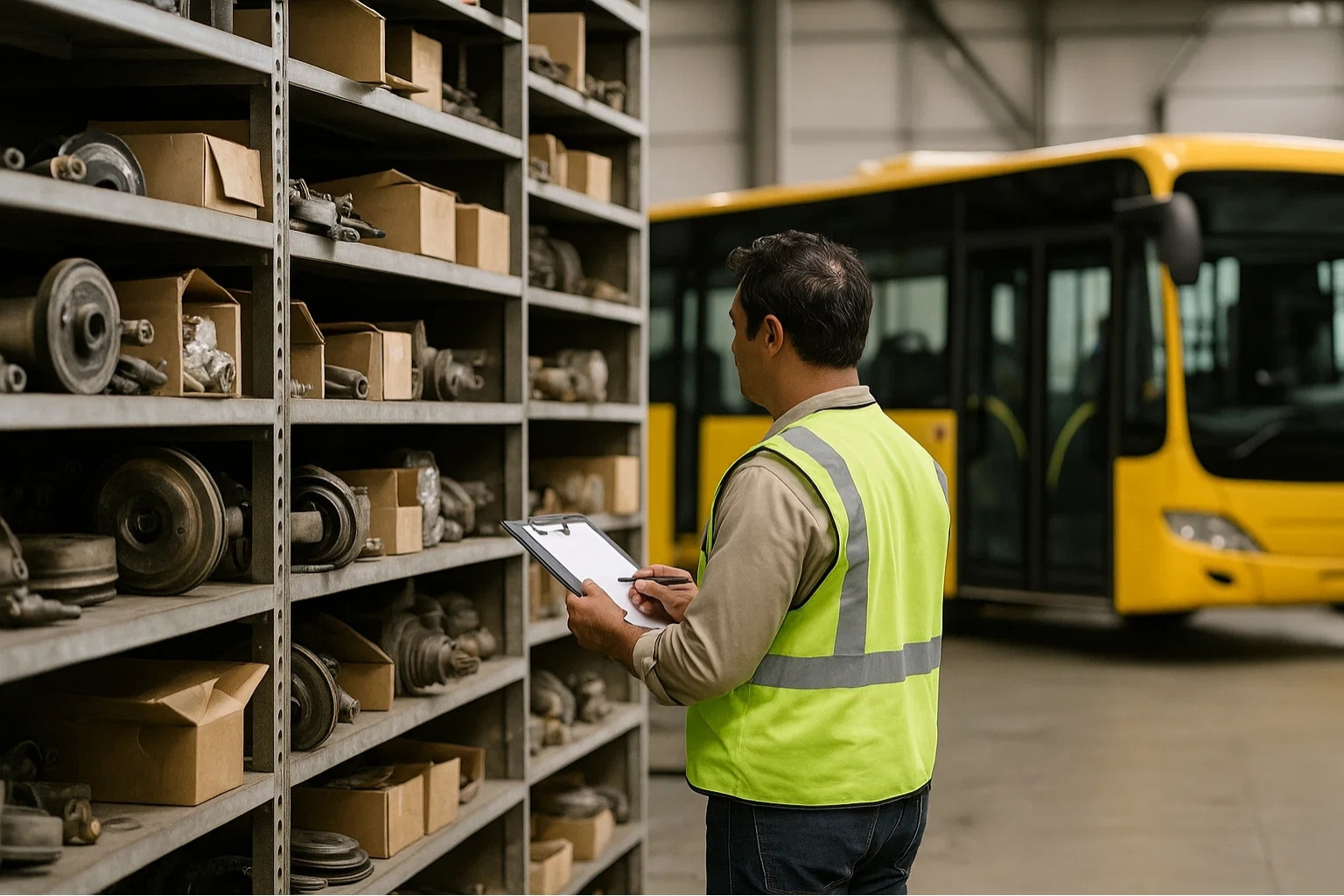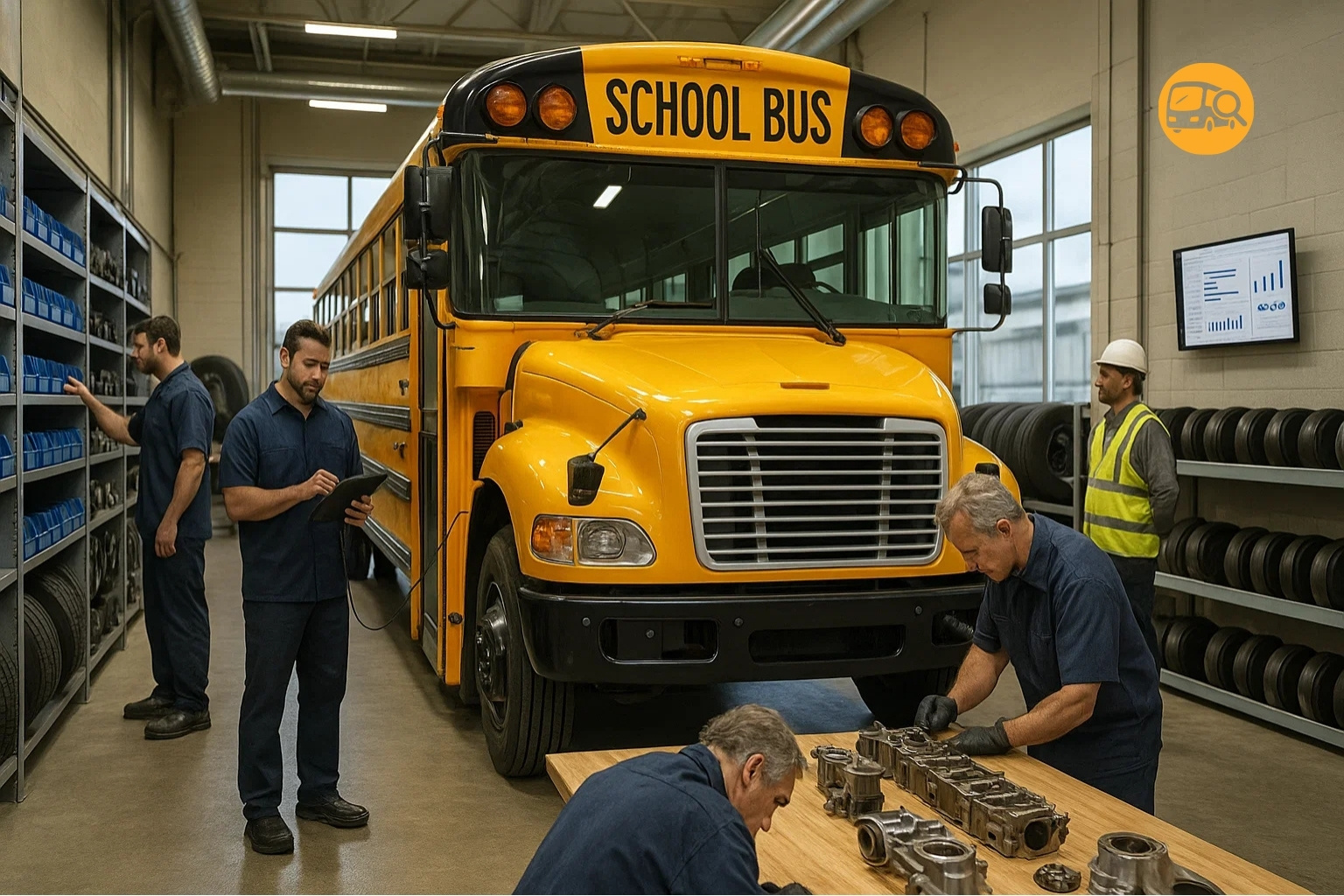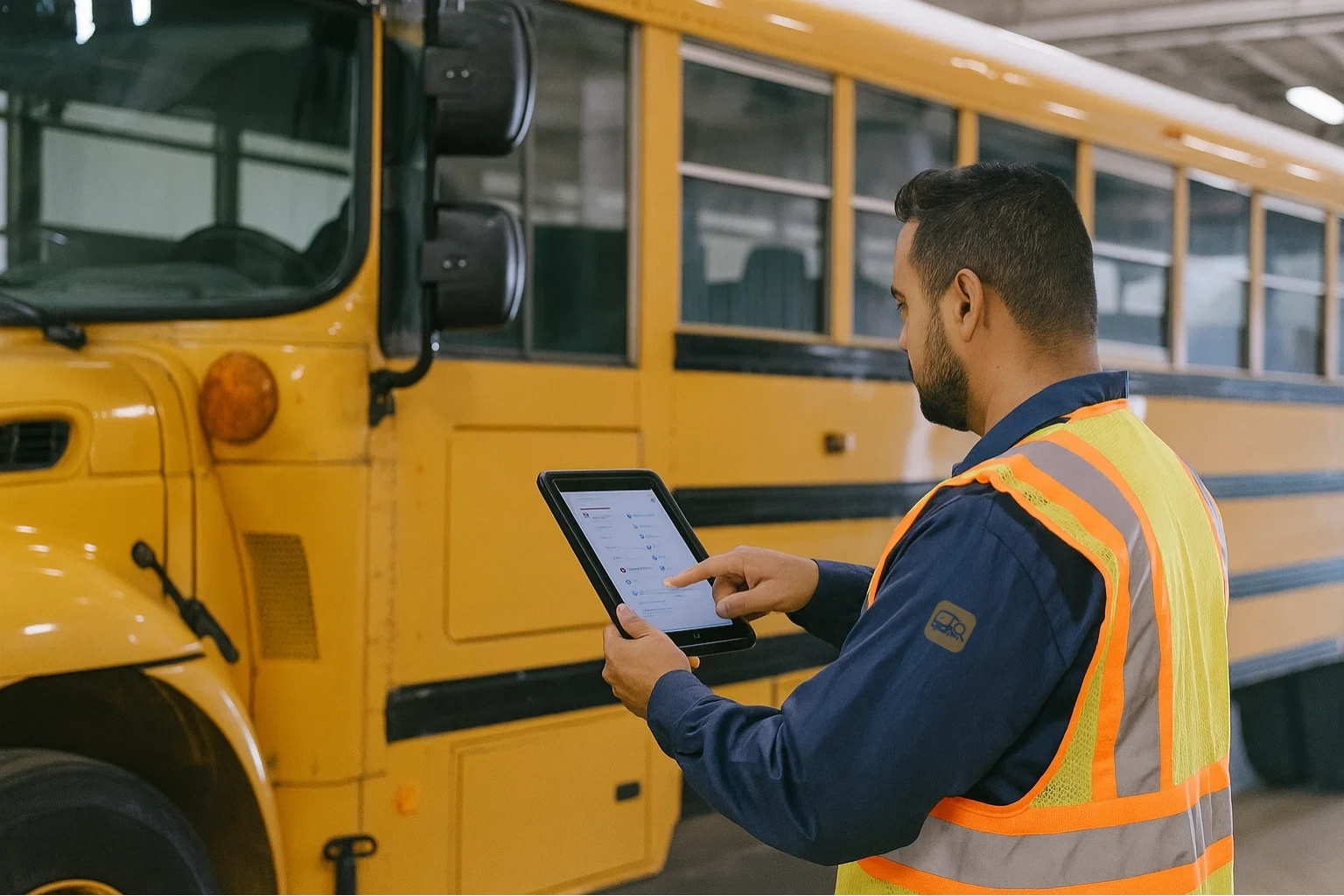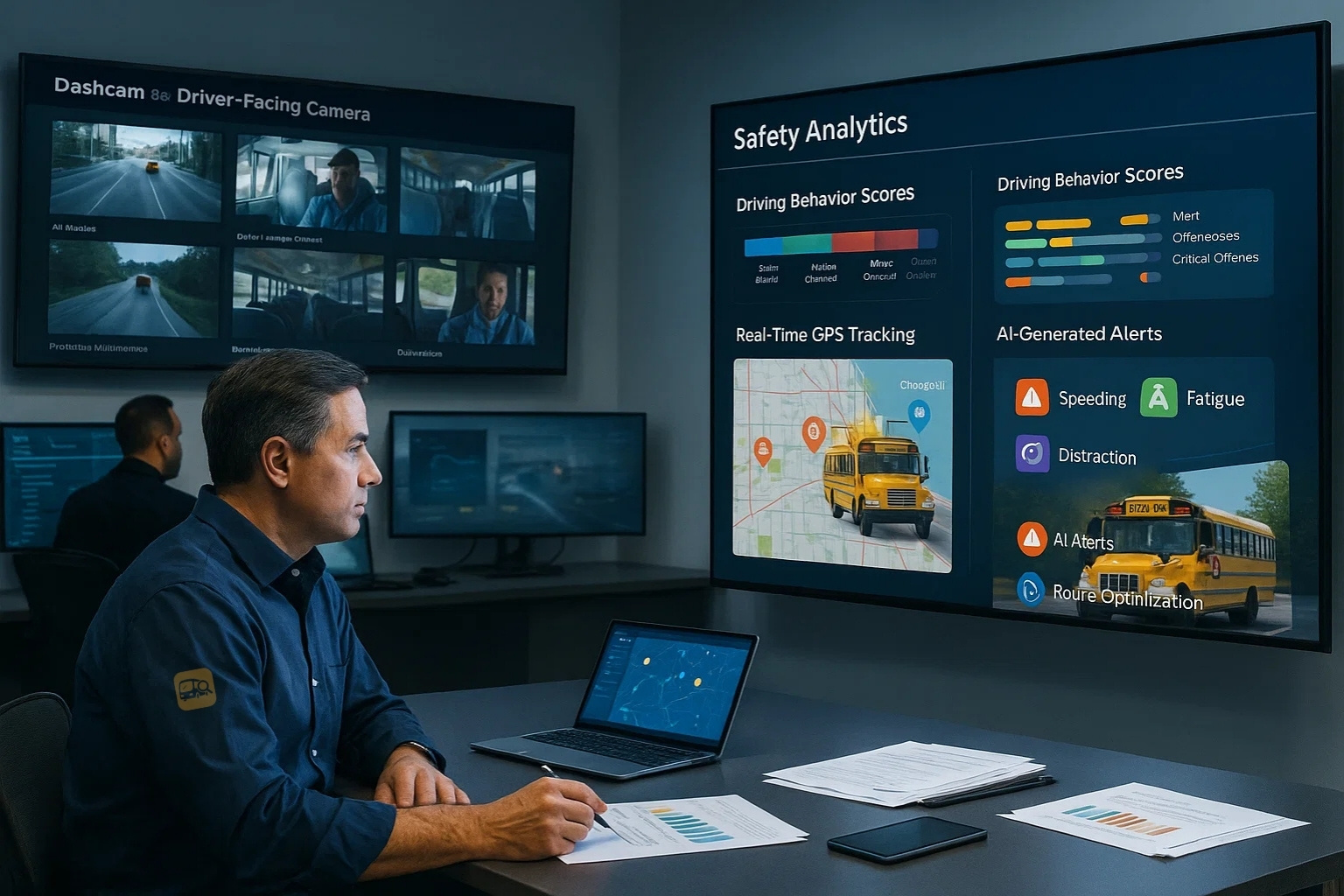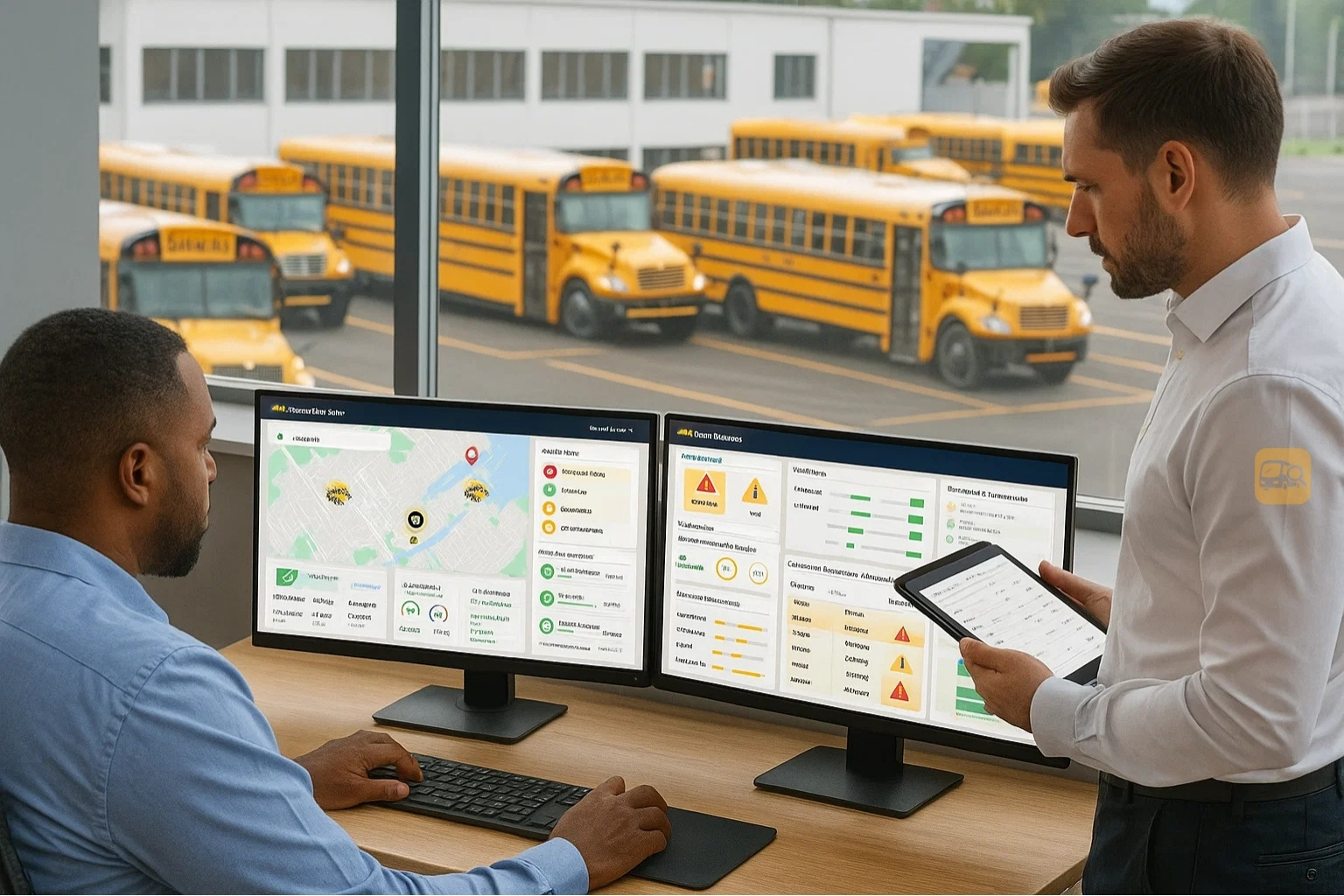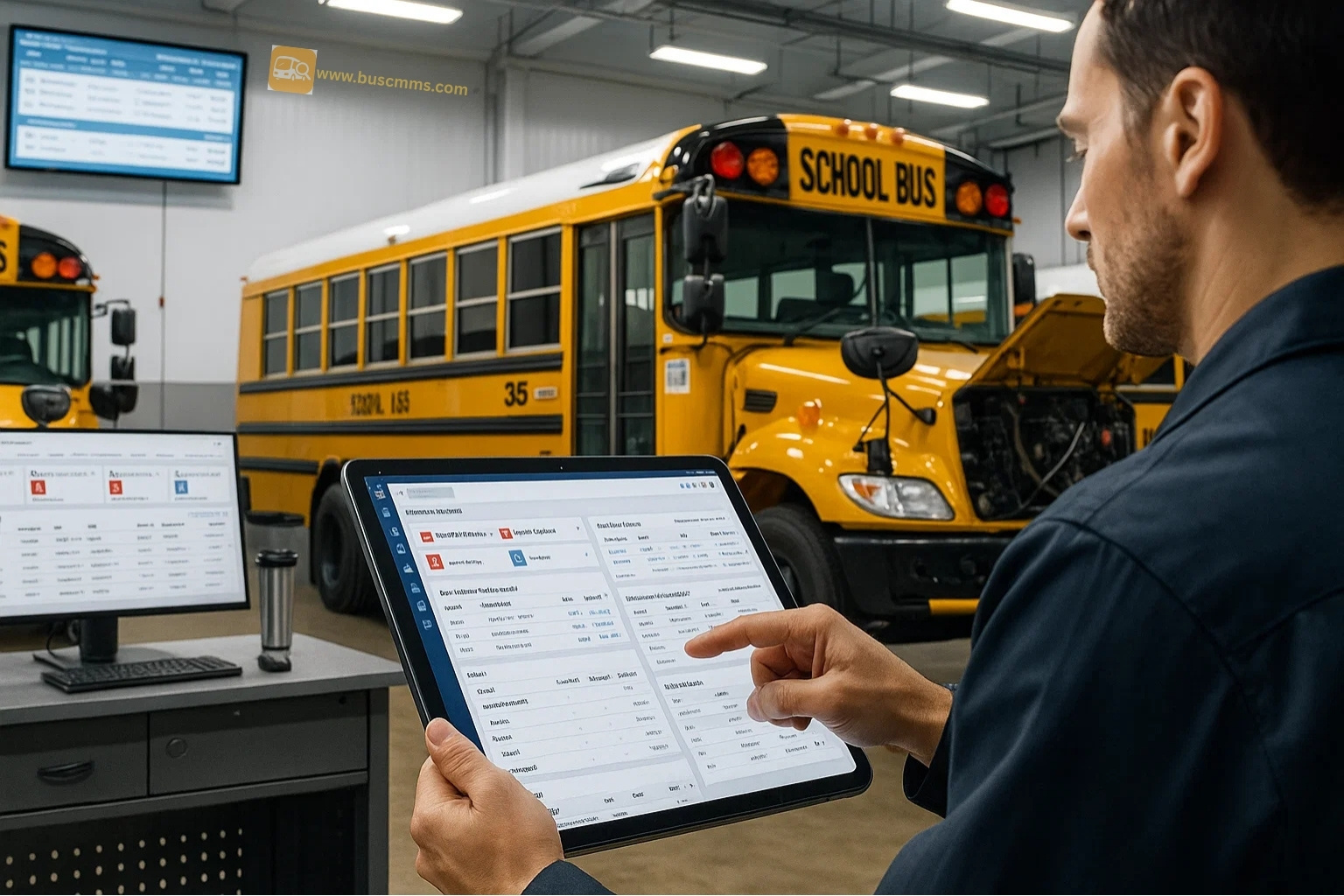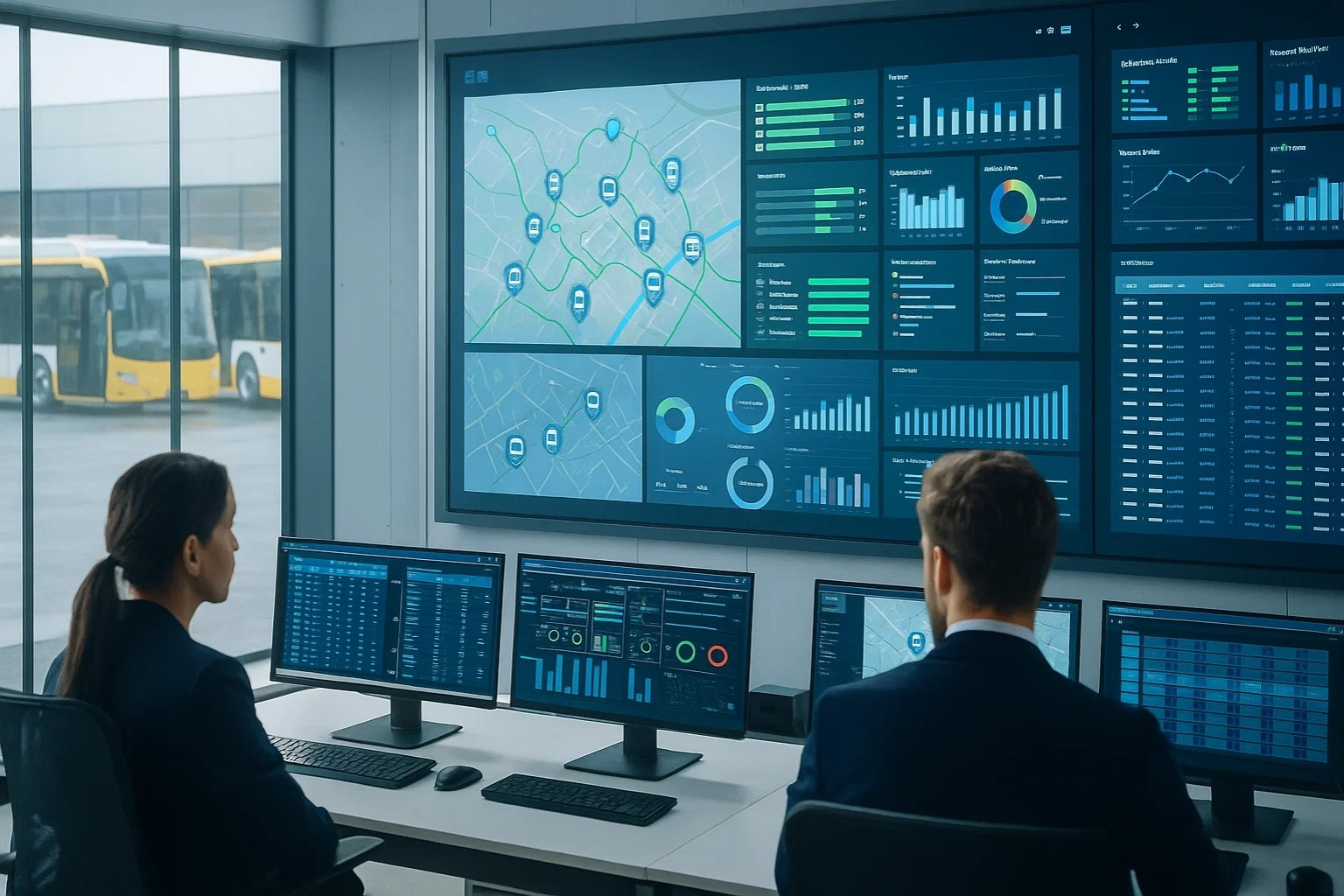The transportation industry is experiencing a digital revolution, and bus fleet maintenance is at the center of this transformation. Traditional maintenance approaches—characterized by paper-based records, reactive repairs, and siloed data—are rapidly becoming obsolete. In their place, cloud-based CMMS (Computerized Maintenance Management Systems) are emerging as the cornerstone of modern fleet operations, offering unprecedented levels of efficiency, insight and cost control.
For US manufacturing professionals overseeing transit operations, the shift to cloud-based fleet maintenance systems isn't just an upgrade—it's a strategic imperative. These platforms are revolutionizing how fleets manage everything from predictive analytics and route optimization to compliance tracking and vehicle uptime, creating measurable improvements in operational performance and bottom-line results.
Real-Time Fleet Visibility and Remote Access
The most compelling advantage of cloud-based maintenance software is the ability to monitor and manage fleet operations from anywhere, at any time. Unlike traditional on-premise systems that tie operators to specific locations, cloud CMMS platforms provide real-time fleet insights through secure web browsers and mobile applications.
Modern cloud-based systems integrate seamlessly with telematics integration solutions, allowing fleet managers to monitor vehicle health, track maintenance schedules and receive instant alerts about potential issues. This level of fleet automation means that a maintenance supervisor can identify a developing brake problem on a bus in Phoenix while sitting in their office in Detroit, immediately dispatching repair crews and preventing costly breakdowns.
The diagnostic systems embedded in these platforms go beyond simple alert notifications. They provide comprehensive vehicle data analysis, tracking everything from engine performance metrics to fuel efficiency patterns. This wealth of information enables proactive decision-making that significantly improves fleet efficiency and reduces unexpected downtime.
Predictive Analytics and Maintenance Intelligence
The true power of cloud-based fleet software lies in its ability to transform raw operational data into actionable maintenance intelligence. Advanced predictive analytics algorithms analyze patterns in vehicle performance, environmental conditions, and usage patterns to forecast maintenance needs with remarkable accuracy.
These CMMS tools don't just tell you when a component might fail—they provide detailed insights into why failures occur and how to prevent them. By analyzing data from thousands of similar vehicles and operations, cloud platforms can identify maintenance patterns that would be impossible to detect through traditional methods. This predictive capability is particularly valuable for complex systems like hybrid-electric drivetrains and advanced emission control systems.
The maintenance scheduling capabilities of modern cloud platforms optimize repair timing based on multiple factors: vehicle utilization patterns, parts availability, technician schedules, and operational priorities. This intelligent scheduling approach ensures that maintenance activities occur at the most cost-effective times while minimizing disruption to service routes.
Innovation Spotlight: Leading transit agencies using cloud-based predictive analytics report 30-50% reductions in catastrophic failures and 20-25% improvements in overall vehicle uptime. These systems have proven particularly effective at predicting transmission issues, brake system wear, and engine cooling problems before they result in costly roadside breakdowns.
Enhanced Compliance and Regulatory Management
Regulatory compliance represents one of the most challenging aspects of fleet management, with requirements varying across federal, state, and local jurisdictions. Cloud-based maintenance platforms excel at compliance tracking, automatically monitoring inspection schedules, certification requirements, and regulatory deadlines across entire fleets.
These systems maintain comprehensive digital records that satisfy audit requirements while streamlining the documentation process. Every maintenance action, inspection result, and parts replacement is automatically logged with timestamps, technician signatures, and supporting documentation. This level of detail not only ensures compliance but also provides valuable data for warranty claims and insurance purposes.
The route optimization features integrated into advanced cloud platforms help ensure that vehicles remain compliant with weight restrictions, emissions standards, and operational parameters specific to different routes and jurisdictions. This automated compliance management reduces the administrative burden on fleet managers while minimizing the risk of violations and associated penalties.
Scalability and Cost-Effectiveness
Cloud-based fleet maintenance solutions offer unmatched scalability compared to traditional on-premise systems. Whether managing a small municipal fleet of 50 buses or a major metropolitan system with thousands of vehicles, cloud platforms can adapt to changing operational requirements without requiring significant infrastructure investments.
The cost structure of cloud CMMS systems aligns operational expenses with actual usage, eliminating the need for large upfront capital expenditures on servers, software licenses, and IT infrastructure. This approach is particularly beneficial for smaller transit agencies that need enterprise-level functionality without enterprise-level costs.
Traditional vs. Cloud-Based Maintenance Systems:
The automatic updates and feature enhancements provided by cloud platforms ensure that fleets always have access to the latest maintenance tools and regulatory compliance features. This continuous improvement model eliminates the costly upgrade cycles associated with traditional software systems.
Integration and Data Ecosystem Benefits
Modern transit operations rely on multiple interconnected systems: fuel management, driver scheduling, passenger information, and financial management platforms. Cloud-based maintenance software excels at creating seamless data connections between these various systems, creating a unified operational ecosystem.
This integration capability extends beyond internal systems to include manufacturer diagnostic tools, parts suppliers, and service providers. Fleet automation becomes possible when maintenance systems can automatically trigger parts orders, schedule service appointments, and coordinate with external service providers based on predictive maintenance algorithms.
The data insights generated by integrated cloud platforms provide fleet managers with comprehensive operational intelligence. Understanding the relationships between maintenance costs, fuel efficiency, passenger satisfaction, and route performance enables more informed strategic decision-making and better resource allocation.
Ready to transform your fleet maintenance operations with cutting-edge cloud-based CMMS technology? See how our platform can improve your fleet efficiency and reduce operational costs.
Getting StartedBook a Demo
The transition to cloud-based fleet maintenance systems represents more than a technological upgrade—it's a fundamental shift toward more intelligent, efficient, and sustainable transit operations. The combination of real-time monitoring, predictive analytics, automated compliance management, and seamless integration capabilities makes cloud CMMS platforms essential tools for competitive fleet management.
For US manufacturing professionals responsible for fleet operations, the question isn't whether to adopt cloud-based maintenance systems, but rather how quickly they can implement these transformative technologies to gain competitive advantages in efficiency, cost control, and operational reliability.
Frequently Asked Questions
Q: How secure are cloud-based fleet maintenance systems compared to on-premise solutions?
A: Cloud-based CMMS platforms typically offer superior security compared to on-premise systems, featuring enterprise-grade encryption, multi-factor authentication, and dedicated security teams that monitor threats 24/7. Leading cloud providers invest millions in cybersecurity infrastructure that most individual organizations couldn't afford to implement independently.
Q: Can cloud-based systems integrate with our existing fleet management software?
A: Yes, modern cloud CMMS platforms are designed with open APIs and integration capabilities that allow seamless connection with existing telematics systems, fuel management platforms, financial software, and manufacturer diagnostic tools. Most implementations can integrate with legacy systems through standard data exchange protocols.
Q: What happens to our data if we lose internet connectivity?
A: Advanced cloud-based maintenance software includes offline capabilities that allow technicians to continue working and recording maintenance activities even without internet access. Data automatically synchronizes when connectivity is restored, ensuring no information is lost during temporary outages.
Q: How quickly can we expect to see ROI from implementing a cloud-based CMMS?
A: Most fleets see measurable improvements in maintenance efficiency within 3-6 months of implementation, with full ROI typically achieved within 12-18 months. Key benefits include reduced unplanned downtime (20-35%), improved parts inventory management (15-25%) and decreased administrative costs (25-40%).
Q: What training is required for our maintenance staff to use cloud-based systems effectively?
A: Cloud-based CMMS platforms are designed for intuitive use with minimal training requirements. Most technicians become proficient within 1-2 weeks of basic training. The systems include built-in help features, video tutorials, and mobile-friendly interfaces that reduce the learning curve compared to traditional maintenance software.


